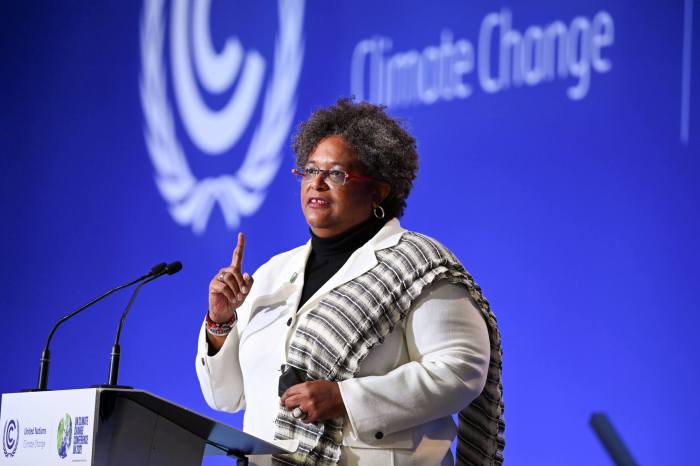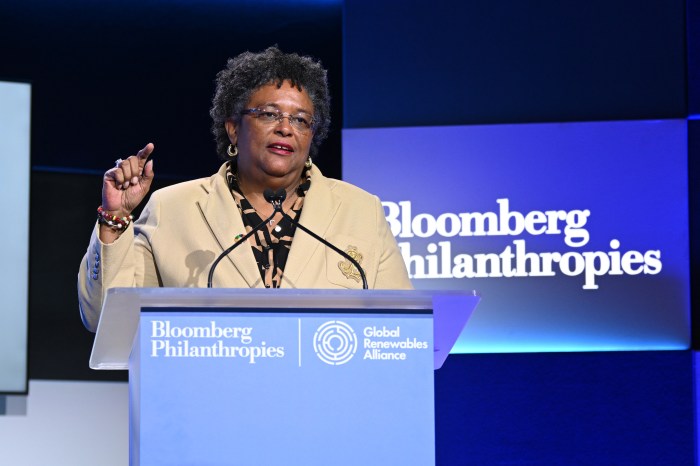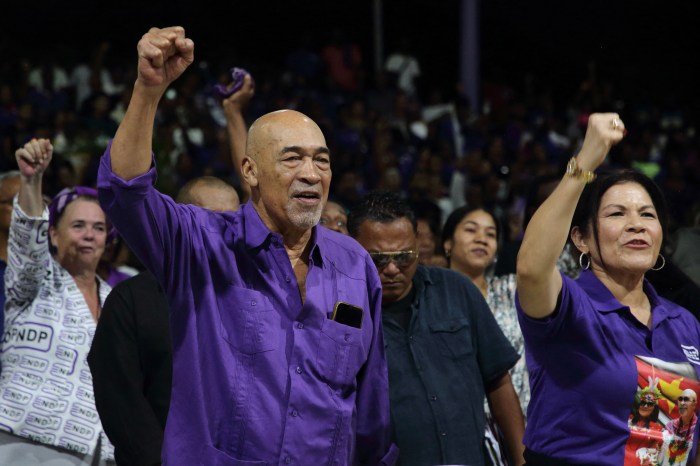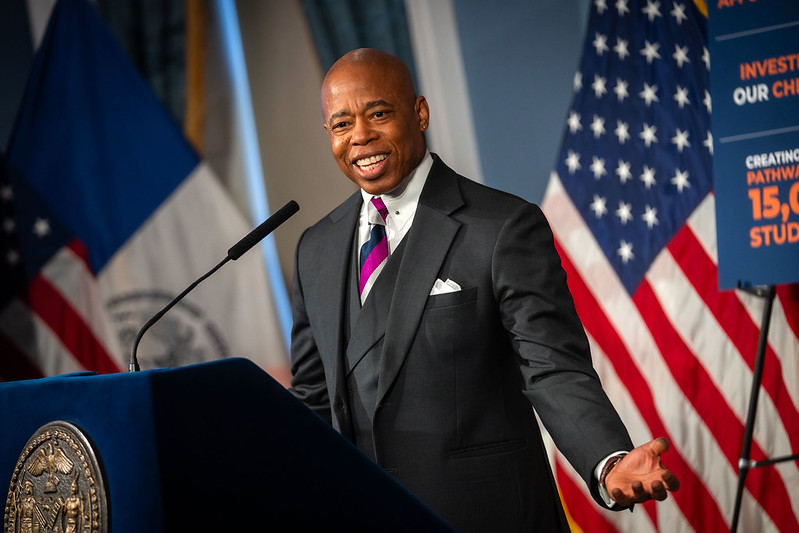The Caribbean is riding on top of a tourism bubble like never seen before, but while the upsurge in tourist arrivals is a reason for celebration, industry players are warily watching emerging competition.
Outgoing Caribbean Tourism Organisation Chairman, Richard Sealy, told the organization’s State of the Industry meeting in Barbados this week that the region expects to have some 30 million visitors this year, outstretching the 28.7 million of 2015.
The projected increase could be the beginning of a trend because last year’s arrivals figure represents a seven per cent increase over 2014, surpassing world tourism growth that stood at four per cent.
But as Sealy explains, competition makes continuation of that trend questionable, “as encouraged as we are by the results and how far we’ve come, we need to accept the realities that must be grasped going forward… competition is becoming more intense”.
He pointed to other regions such as the Pacific, Asia, the Middle East, and North and Sub-Saharan Africa that are gaining in the tourism market.
Additionally the Minister noted that another form of competition has arrived – this time within the region – with the social and economic opening of Cuba, the one island with the potential to divert tourists from their other traditional Caribbean destinations.
It is believed that American tourists, especially, will be attracted to Cuba because of their curiosity about this destination which was shut off from them for some 57 years, and opened with US President Barack Obama touching down there only in March this year.
“Today we now have tourists who are more curious, who want to have a local experience,” Sealy said.
But besides being the bread and butter industry for many of the Caribbean island nations, tourism is a multibillion dollar earner for the entire region, so officials cannot afford to sit and wait on the onslaught of competition.
According to the latest World Travel and Tourism Council on the Caribbean, “the total contribution of travel and tourism to GDP was US$51.9bn in 2014, or 14.6 per cent of GDP”.
The council has estimated that figure is expected to grow by 2.9 percent to US$53.4bn, or 14.8 per cent of GDP in 2015.
The long term forecast is a rise by 3.3 percent annually to US$73.6bn by 2025, or 15.4 per cent of GDP.
Regional leaders and tourism administrators are, however, now finding themselves being called upon to walk the fine line between the desire for stepped up tourist attractions and the way of life of Caribbean people.
Even as he observed that the new tourism focus is on “the experience that is being seen not only by the budget traveller, but all travellers”, Sealy advised that Caribbean administrators must devise a meeting point between the expectations of citizens and those visiting in order to have a tourism product that is changing to meet new demands.
“That intersection point is where we have to locate our attention,” he said, and went on to explain that despite the importance of the tourism industry, it cannot be developed at the sacrifice of those who live in the region.
“Let’s face it, if the population is not with you, you can’t make the money, and your hotels and various institutions will have to a grinding halt, so we need each other.
“Meeting our visitor’s expectations along with meeting the expectations of our own respective citizenry is an imperative.”























